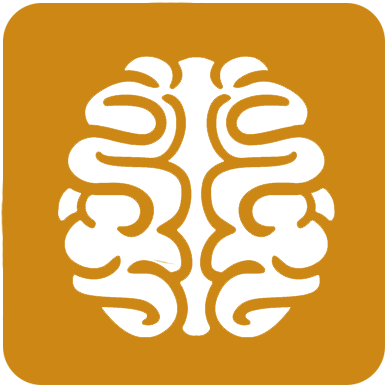Botulinum toxin inhibits the release of acetylcholine at the end of the motor nerves, This blocks the signal from the nerve to the muscles so the muscles get paralysed
This toxin is well known as the trademark Botox® among others such as Xeomeen® or Dysport®. It’s generally known and used as a cosmetic technique to prevent and reduce wrinkles. In neurology these injections are usefull in case of:
- Blepharospasm: ie involuntary exaggerated blinking and/or closure of the eyes.
- Hemifacial spasm: ie involuntary contractions of muscles in one half of the face
- Cervical dystonia: ie involuntary rotation of the head to the left of right
- Spasticity: ie an exaggerated muscle tone due to damaged motor tracts eg post stroke.
Injections with botulinum toxin might also reduce the production of saliva, which can be a great help for people with ALS or Parkinson’s disease.
Botulinum toxin can also prevent headaches in case of chronic migraine (ie at least 15 days of headache/month).
The following colleagues inject botulinum toxin:
- Frederik Debruyne: all indications
- Verstappen Annick: chronic migraine
- Kelderman Tim: chronic migraine
